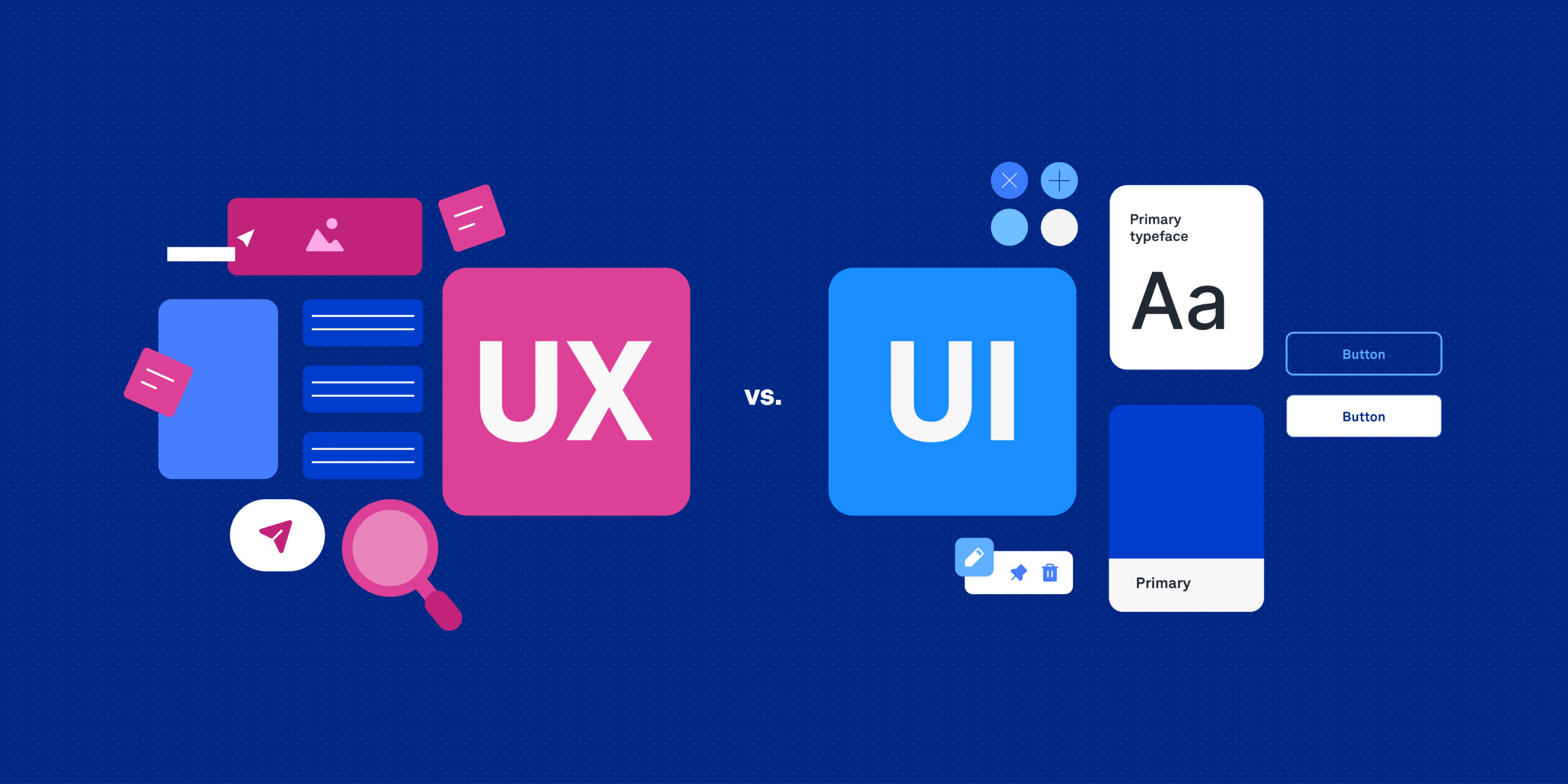The way a website is built, designed, and structured can either improve its search engine performance or significantly hinder it.
Designing an SEO-friendly website from the ground up is far more efficient—and cost-effective—than retrofitting SEO later. Below is a clear breakdown of what SEO-friendly web design entails, why user experience is at its core, and the seven critical steps you should follow when building your website.
What Is SEO-Friendly Web Design?
SEO-friendly web design refers to the process of designing and developing a website in a way that supports both search engine optimization and excellent user experience. The goal is to create a website that is easy to crawl, fast, secure, mobile-friendly, and user-centric.
Why User Experience Is Central to SEO Design
Google’s mantra—“Focus on the user, and all else will follow”—holds true in web design. While developers may focus on aesthetics and functionality, SEO design also considers how search engines perceive the site.
Key considerations include:
- Is the site crawlable and indexable?
- How fast does it load?
- Is it accessible on all devices?
- Is the navigation intuitive?
- Is the content high-quality and relevant?
- Is the site secure?
When these elements are well-executed, a site is more likely to rank well in search engine results and offer a satisfying experience to visitors.
7 Key Principles of SEO-Friendly Web Design
1. Clean Code
Clean code refers to minimal, well-organized, and efficient coding practices. It allows search engines to quickly understand the structure and content of your site.
Tips for clean code:
- Use minimal HTML markup.
- Externalize CSS and JavaScript files.
- Choose a CMS that allows control over HTML output.
- Consider following W3C coding standards, which align with SEO best practices.
2. Website Speed
Speed impacts both user experience and search rankings. A slow website can lead to higher bounce rates and lower conversions.
Performance tip:
Pinterest reported that reducing wait time by 40% led to a 15% increase in both SEO traffic and sign-ups.
To dive deeper, see: How Fast Should My Website Be and Why Should I Care?
3. Mobile-Friendliness
With over 60% of users accessing websites via mobile devices, mobile optimization is no longer optional. Since 2021, Google’s mobile-first indexing prioritizes mobile versions of content for ranking.
Ensure your website:
- Uses responsive design.
- Delivers fast loading times on mobile.
- Provides intuitive navigation on small screens.
More info: Page Experience Matters: The Mobile-Friendly Site
4. Siloing
Siloing is the process of structuring website content into logical categories or “silos” that reflect thematic relevance. This benefits both users and search engines.
Why it matters:
- Helps search engines understand topic authority.
- Improves internal linking and content discovery.
- Enhances the user journey by grouping related information.
Resources:
- SEO Siloing: What, Why, How
- 5 Times When SEO Siloing Can Make or Break Your Search Engine Rankings
5. Core Web Vitals
Core Web Vitals are a set of user experience metrics introduced by Google. They influence search rankings and measure how well your site performs across three key areas:
- Largest Contentful Paint (LCP): Loading speed of the main content.
- First Input Delay (FID): Responsiveness to user interactions.
- Cumulative Layout Shift (CLS): Visual stability of the page.
Explore further:
- Core Web Vitals for SEO: An Overview
- Google’s Page Experience Update: A Complete Guide
6. No Annoying Pop-Ups
Pop-ups can hinder user experience if used poorly. Google penalizes websites with intrusive interstitials that interfere with content accessibility.
Best practices:
- Use small, easy-to-dismiss pop-ups.
- Delay their appearance.
- Segment by audience for relevance.
- Don’t allow repeated interruptions.
- Avoid slowing down the site.
Learn more: Intrusive Interstitials and Why They Are Bad for SEO
7. HTTPS Security
HTTPS ensures a secure connection between the website and its visitors. It builds trust, protects data, and is a confirmed ranking factor in Google’s algorithm.
Bonus:
HTTPS is required for modern web technologies like Progressive Web Apps (PWAs).
Further reading: Page Experience Matters: HTTPS for Users and Ranking
FAQ: How Does Clean Code Impact SEO Performance?
Clean code plays a pivotal role in enhancing SEO performance. It makes the site easier for search engines to crawl and index, which directly contributes to better rankings.
Benefits of clean code:
- Improves crawlability and indexability.
- Increases site speed by eliminating bloat.
- Enhances compatibility across devices and browsers.
- Simplifies future updates and maintenance.
- Aligns with Google’s emphasis on user experience.
Choosing a CMS that supports clean code and performing regular code audits will help maintain strong SEO foundations over time.
Final Thoughts
A well-designed website that follows SEO best practices can gain a competitive edge in search engine rankings from the start. By building these seven principles into the design and development process, you’ll create a website that is optimized for both users and search engines alike.
Considering a redesign? Connect with an SEO expert before you begin to ensure your site is built for success.





